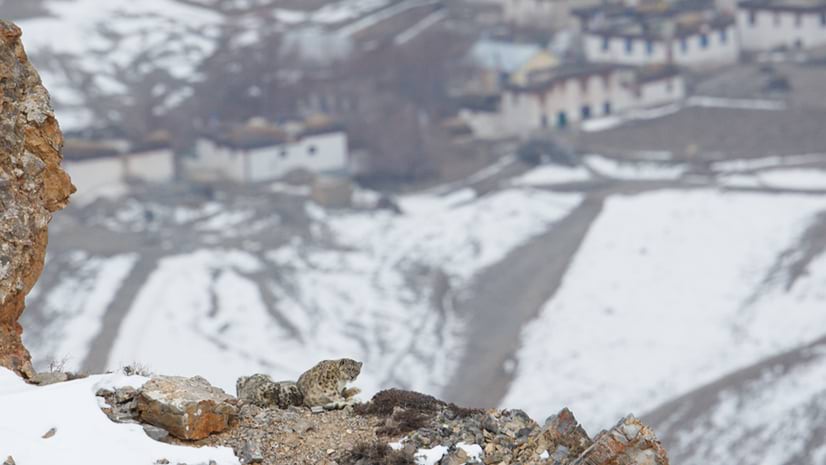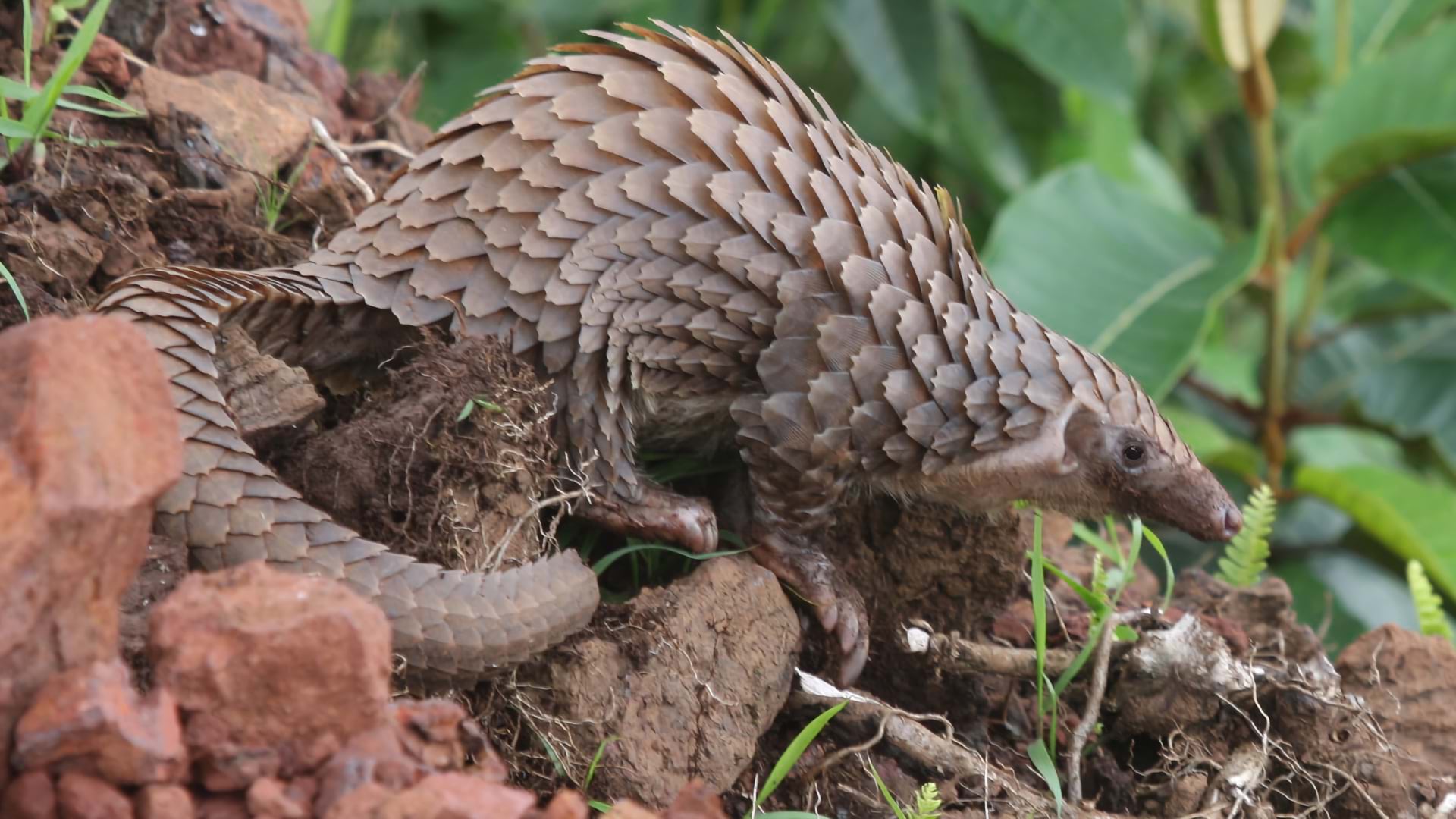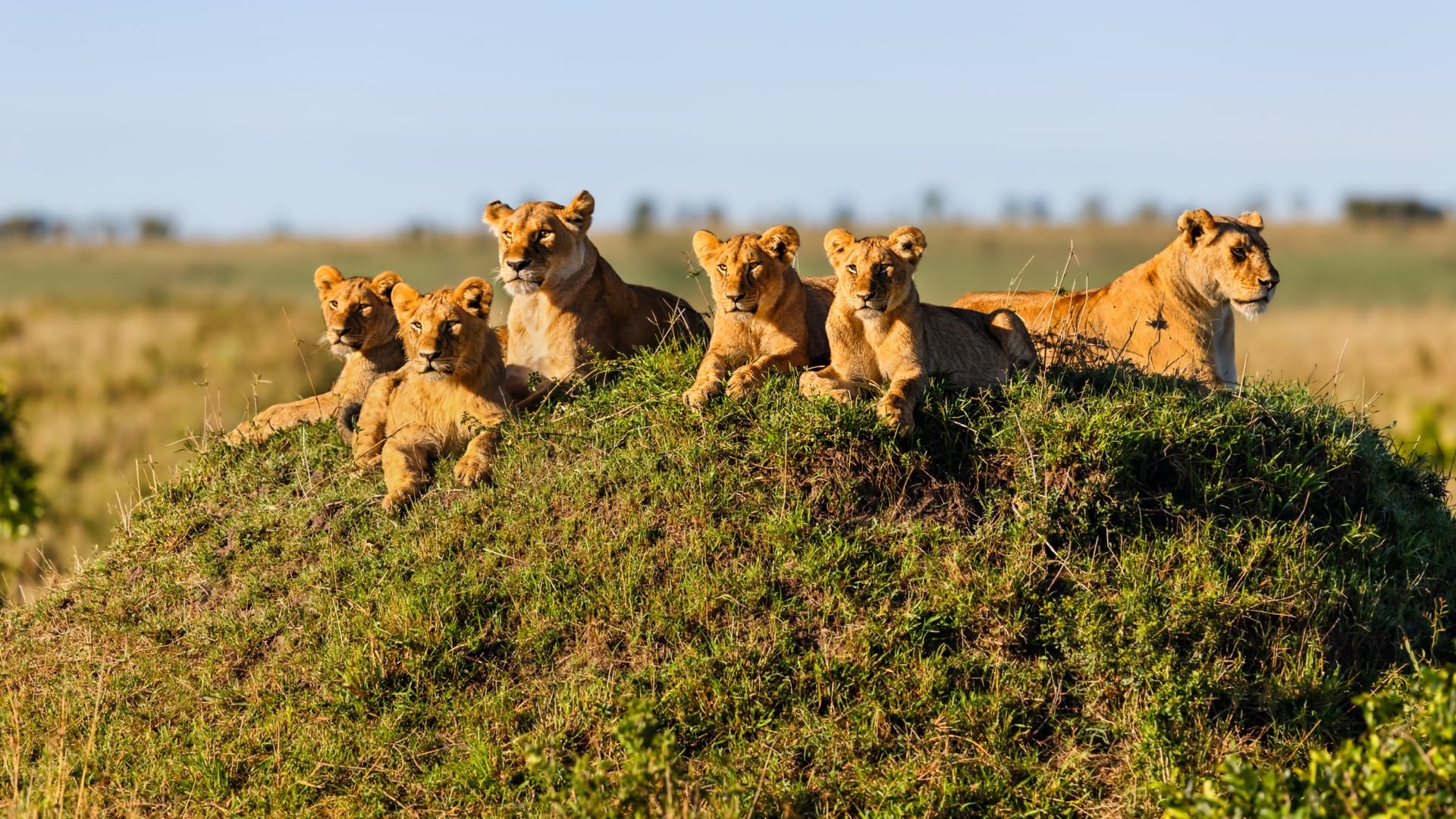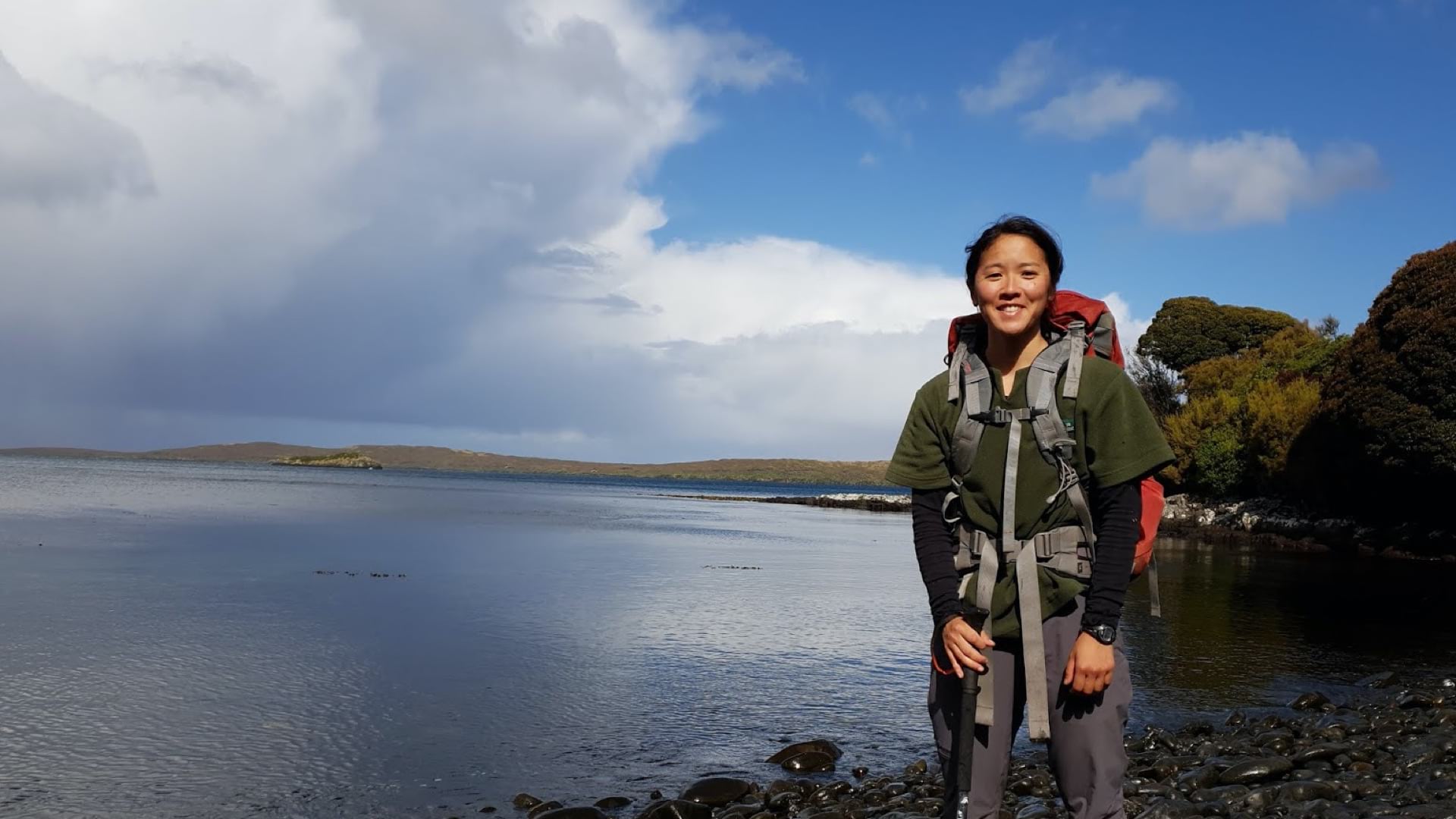

April 8, 2025

Snow leopards live in some of the harshest environments on Earth, navigating the jagged peaks of the Himalayas and other mountainous regions across Asia. Sightings of these apex predators are rare. Gray-white coats, spotted with smoky black rosettes, act as invisibility cloaks against rocky terrain, earning snow leopards a reputation as “the ghosts of the mountains.”
So, how do you study an animal that survives by being unseen?
“Evolution has given them an edge,” said Koustubh Sharma, science and conservation director at the Snow Leopard Trust. In his first 15 years of studying the animals, Sharma saw just two snow leopards in the wild. “To study them, you need to somehow beat their evolutionary edge . . . the only way you can do that is with technology.”
Innovations and technological advancements, such as GPS collars, camera traps, and conservation genetics, coupled with geographic information system (GIS) technology to map and model spatial information, are unlocking new ways to understand and protect snow leopards.
Until recently, little was known about snow leopard behavior and their interactions, and it has been difficult to estimate how many remain in the wild. Current figures range widely, from 3,900 to 6,000 cats, but Sharma reiterates that these figures are “guesstimates at best.”
Yet, one point of consensus is clear: Populations are dwindling. The International Union for Conservation of Nature (IUCN) classifies snow leopards as vulnerable to extinction, due in large part to threats from negative interactions between humans and wildlife and habitat loss.
Aided by 21st-century research tools, Sharma and other scientists at the Snow Leopard Trust are helping gather and analyze critical data to guide big cat conservation efforts across the snow leopard range countries—Afghanistan, Bhutan, China, India, Kazakhstan, Kyrgyzstan, Mongolia, Nepal, Pakistan, Russia, Tajikistan, and Uzbekistan.
Long-term studies are answering age-old questions about snow leopard habitats, prey, behavior, breeding patterns, genetic diversity, and more. For example, Sharma and his colleagues used GPS collars and smart maps to monitor mother-offspring pair movements. They determined that cubs stay with their mothers for nearly two years—longer than any other cat.
Camera traps capture photos of snow leopards in the wild, giving scientists crucial information about individual cat locations and behavior. Snow Leopard Trust researchers strategically position these cameras based on natural history observations. They create sophisticated maps modeling spatial patterns of snow leopard density across large landscapes.
Maps and models of movement patterns provide crucial understanding of species ecology. By analyzing how animals use space over time, scientists define ranges, estimate abundance, identify areas with potential conflict, track behavioral changes, and plan effective conservation strategies.
Adult snow leopards have massive ranges—up to 200 square miles. They often crisscross international borders “without worrying about passports and visas,” as Sharma points out.
“A third of the snow leopard population is within 100 km of international borders,” Sharma said. “To conserve them, you have to work with an entire landscape and often with neighboring countries.”
Current data shows that snow leopard habitat spans 12 countries in Central Asia—many with complex geopolitical relationships. Finding common ground on protection efforts poses unique challenges as well as opportunities.
“Snow leopards are the poster child for transboundary cooperation,” Sharma said.
In 2013, cooperation for snow leopard conservation took a major step forward with the founding of the Global Snow Leopard Ecosystem Protection Program (GSLEP). This program represents an alliance of all snow leopard range countries, as well as various nongovernmental organizations, scientists, and local communities. The Snow Leopard Trust has been an integral partner of the GSLEP since the program’s inception.
“It’s a species that was out of sight and out of public and political consciousness for conservation,” Sharma said. “Thanks to this whole global initiative led by the Kyrgyz Republic and owned by all range countries, snow leopard conservation issues are now prioritized and discussed proactively among countries and the international community.”
The snow leopard has become a unifying symbol for the diverse countries it inhabits. Snow leopards serve as ambassadors for the varied peoples and cultures that share and shape their habitat. The big cats are also an excellent indicator species because they are sensitive to habitat loss. “A forest may regenerate,” Sharma said. “But a mountain mined or cut down will never regrow.”
Successful conservation requires long-term, systemic, holistic solutions involving local communities, governments, and other entities to address the threats impacting ecosystems. Indicator species such as snow leopards help assess the overall health of an ecosystem.
The GSLEP and its partners are engaged in an initiative to assess the status of threatened snow leopard populations called PAWS (Population Assessment of the World’s Snow Leopards). This initiative aims to produce a robust estimate of how many snow leopards remain in the wild, giving scientists and conservationists a data-driven baseline for measuring protection efforts.
“In Mongolia, for example, we set out to do the population assessment across roughly half a million square kilometers,” Sharma said. “In areas where we had no idea snow leopards lived, teams reported snow leopards, whereas in many areas where we thought there were snow leopards, our assessments reported none. This has been an incredibly valuable exercise.”
One of the priorities of PAWS was to establish agreed-upon best practices and protocols for data collection. “There’s harmonization of priorities for conservation of the species between countries,” Sharma said. “And now there’s harmonization of data collection methods.”
The GSLEP hosts various resources for snow leopard conservation, including a GIS data site containing informational layers for researchers. Giving teams access to high-quality data and cross-sectoral knowledge deepens their understanding of international trends and improves responses to threats.
Human-wildlife conflict poses one of the biggest threats to snow leopards. Although killing snow leopards is illegal in all 12 countries they inhabit, illegal hunting persists.
Snow leopard pelts are trafficked illegally. Local herders may hunt them in retaliation for livestock losses or to prevent potential loss. As mining and other human development activities and rising global temperatures alter snow leopard habitat, the animals stray from their traditional ranges, increasing the frequency of human-snow leopard conflict.
The GSLEP program supported by the Snow Leopard Trust hosts a collaborative database of illegal trade in partnership with other organizations to better understand and disrupt poaching and illegal trafficking of snow leopard pelts. Spatial analysis of this data has revealed poaching hot spots, trafficking hubs, and destinations.
Sharma explained that climatic changes, such as excess rainfall or extended periods of warm weather, are also causing some local communities to alter their farming or livestock herding practices. As local communities and nomadic peoples move into snow leopard territories, more encounters with livestock can lead to more livestock depredation.
Such challenges are common for conservationists who work to maintain the delicate balance between the needs of wildlife and the needs of people. Organizations like the Snow Leopard Trust focus on building trust among local communities, often using maps as a common ground for understanding.
Sharma and his team create GIS-powered smart maps of snow leopard habitat to show where the predators roam and where they are likely to avoid. Researchers can also demonstrate the best areas for pastures or reinforcement of corrals to minimize livestock depredation while the landscapes are constantly changing. Snow Leopard Trust scientists and conservationists continue to enhance dashboards and data collection protocols using GIS tools to minimize errors and maximize efficiency to enhance the understanding across multiple countries.
“We’re trying to understand the impact of melting glaciers, on people and snow leopards,” Sharma said. By mapping glaciers over several years, he and his team create animations of the changing landscape. “I’ve seen people gasp when you show them 3D maps. There is absolutely no replacement for the level of influence these maps and models have on policymakers and people.”
Sharma and his team also work closely with the people who live closest to the snow leopards and seek their feedback and guidance. Indigenous knowledge plays an important role in conservation.
The informed collaboration through data and maps is supporting a more ethical and sustainable coexistence between snow leopards and humans.
Sharma said, “In areas where we’re working with the communities and have figured out what the snow leopards need versus how to minimize and mitigate their negative interactions with people and livestock . . . we’re seeing a clear increase in the population over time.”
Learn more about how GIS unlocks conservation science to safeguard biodiversity.


